If you thought about it, wouldn’t you think that no arsenic in your drinking water is better than any arsenic in your drinking water?
It seems though there are different standards for arsenic in your water.
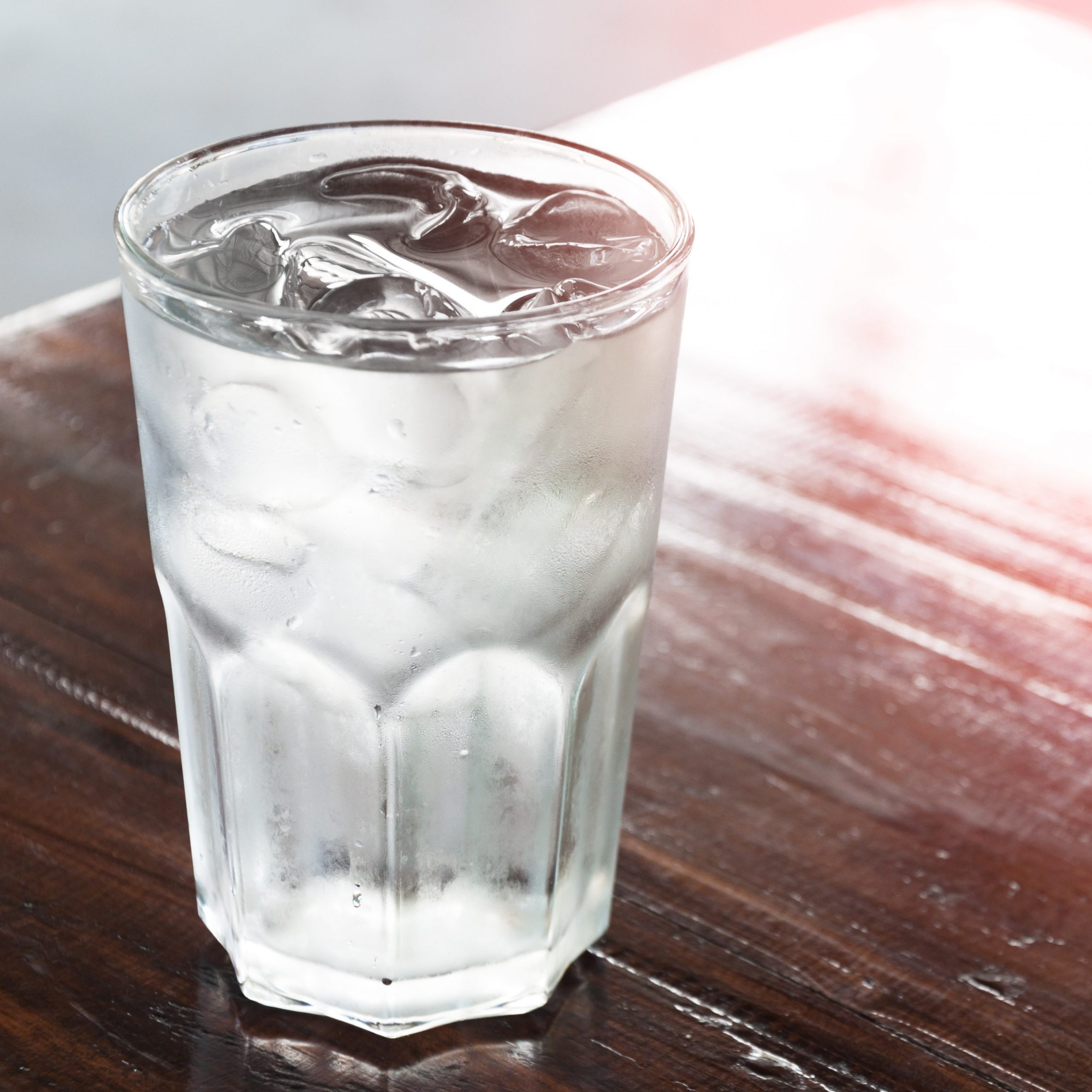
- The EPA (federal) sets different standards for what is seen as acceptable levels of chemicals like lead and arsenic among other chemicals in your drinking water.
- The state of New Jersey also has set a limit on what is considered by them as ‘acceptable’ levels.
- Water Commissions in the state of New Jersey also set recommended levels for certain chemicals that they feel are manageable for account of other factors like detectability and the cost of treatment.
And they are not all the same levels.
Andrea Drinkard, a spokeswoman for EPA, said the agency distinguishes between the enforcement levels and Maximum Contaminant Limit Goals (MCLGs), as set by the Safe Drinking Water Act. For example, the MCLG for arsenic is zero because there is no level of arsenic in water that is without risk, but the EPA has set 10 micrograms per liter as the enforcement level “in accordance with SDWA requirements that EPA consider the feasibility, costs, and benefits when establishing regulations,” she said.
According to New Jersey Spotlight News, 10/2019, an advocacy group, says some substances top recommended health limits; most samples met standards set by the U.S. Environmental Protection Agency. Drinking water supplied by New Jersey utilities between 2012 and 2017 contained 107 contaminants, some of which were at levels that advocates say are harmful to human health, according to a survey published on Wednesday.

Long term exposure to arsenic from drinking water is known to cause cancer and skin lesions. It has also been associated with cardiovascular disease and diabetes. Arsenic can enter the water from natural deposits or from industrial or agricultural deposits. Warren County as well as several other counties along the Delaware River bordering on Pennsylvania are active in agricultural activities including farming.
The advocacy organization called Environmental Working Group which uses data from the state Department of Environmental Protection on drinking water quality at New Jersey’s 579 utilities, as part of its national U.S. Tap Water Database, a biennial report. The latest tally of contaminants was 26 more than in the last report, covering the years 2010-2015, as was released two years ago.
Arsenic is one of 14 contaminants that New Jersey has stricter limits than the EPA, according to the DEP’s Annual Compliance Report for 2018, which describes the different standards that water utilities are required to meet.
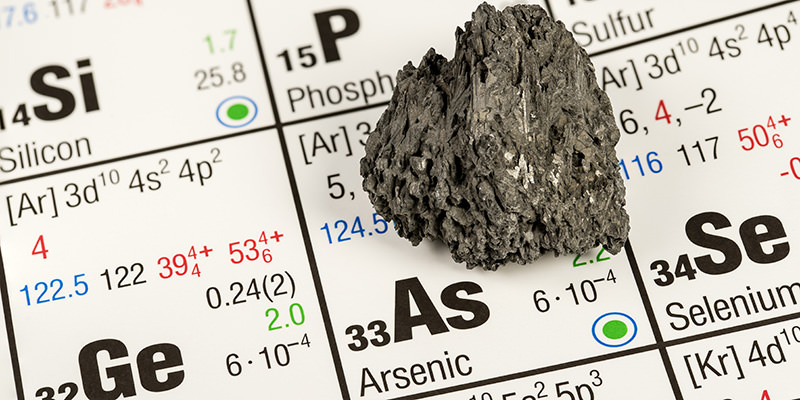
- It is thought that naturally occurring arsenic dissolves out of rock formations when the ground water levels drop significantly.
- Levels above 10ppb will increase the long term affects as well as chronic health problems.
- “Legal does not necessarily equal safe,” the group said. “Getting a passing grade from the federal government does not mean the water meets the latest health guidelines.”
Many experts on water safety consider any amount of arsenic in the water to be too much. Unless the contaminated water levels were treated the information is likely the same.
Spring Rain is the company to call to protect your family from contaminated water. It has filtration systems, including reverse osmosis water systems to help you maintain healthy clean water for your family.
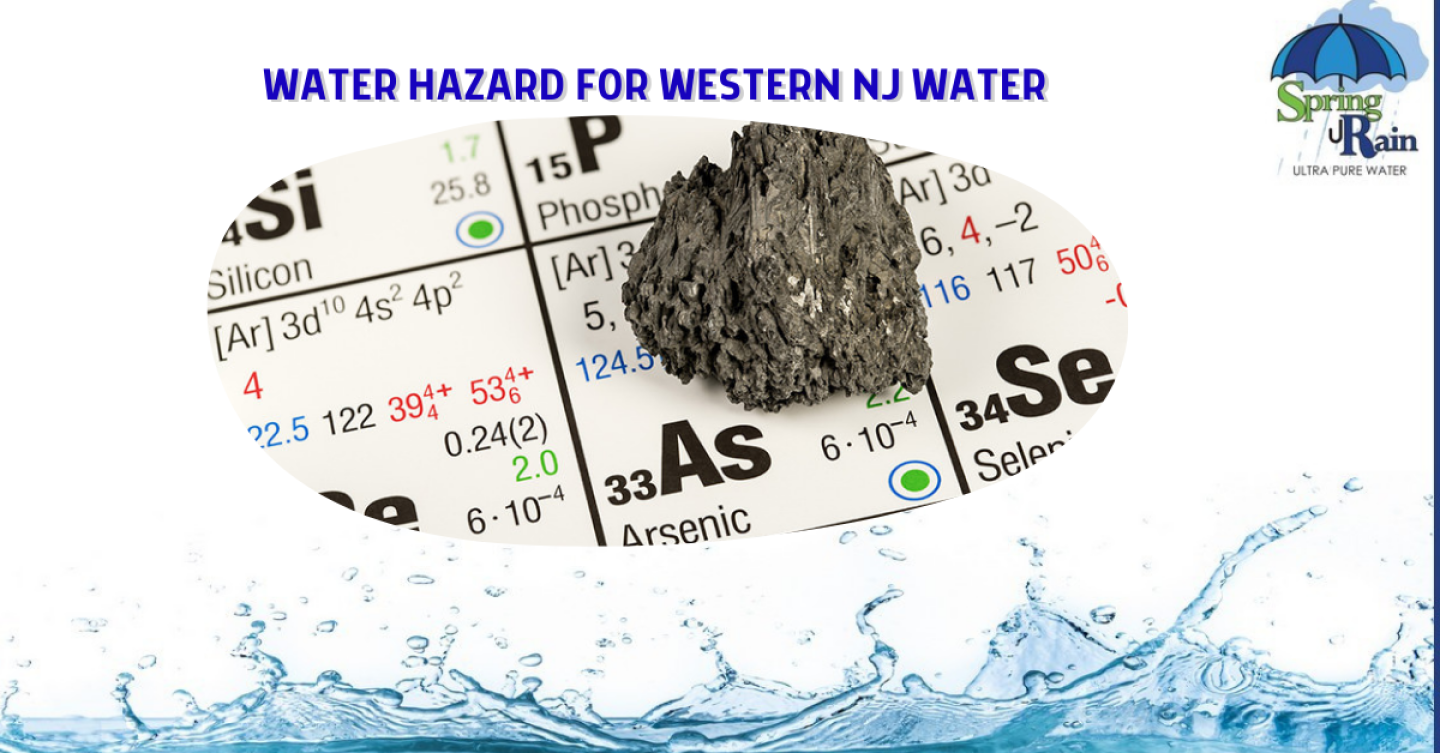
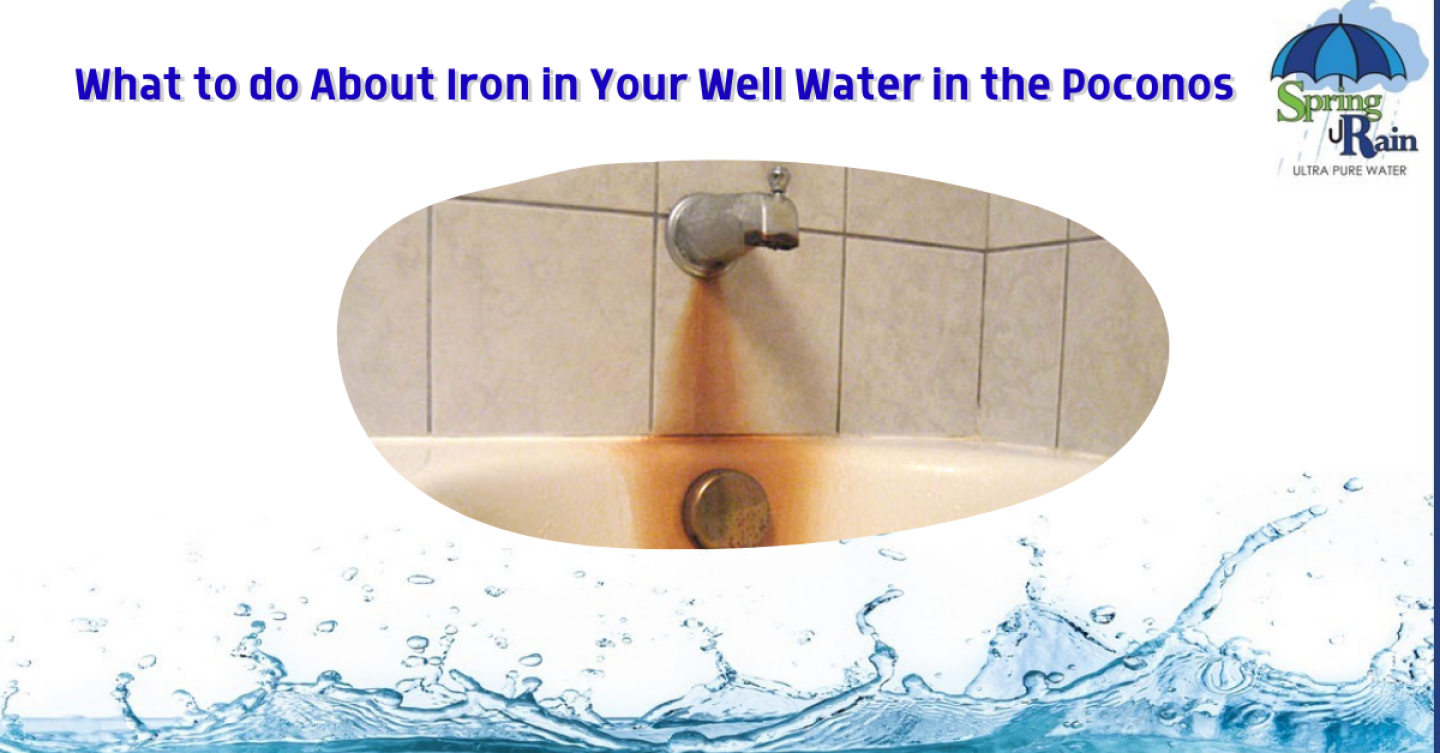
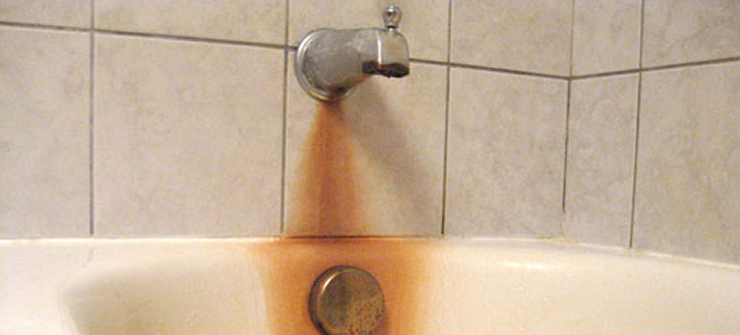
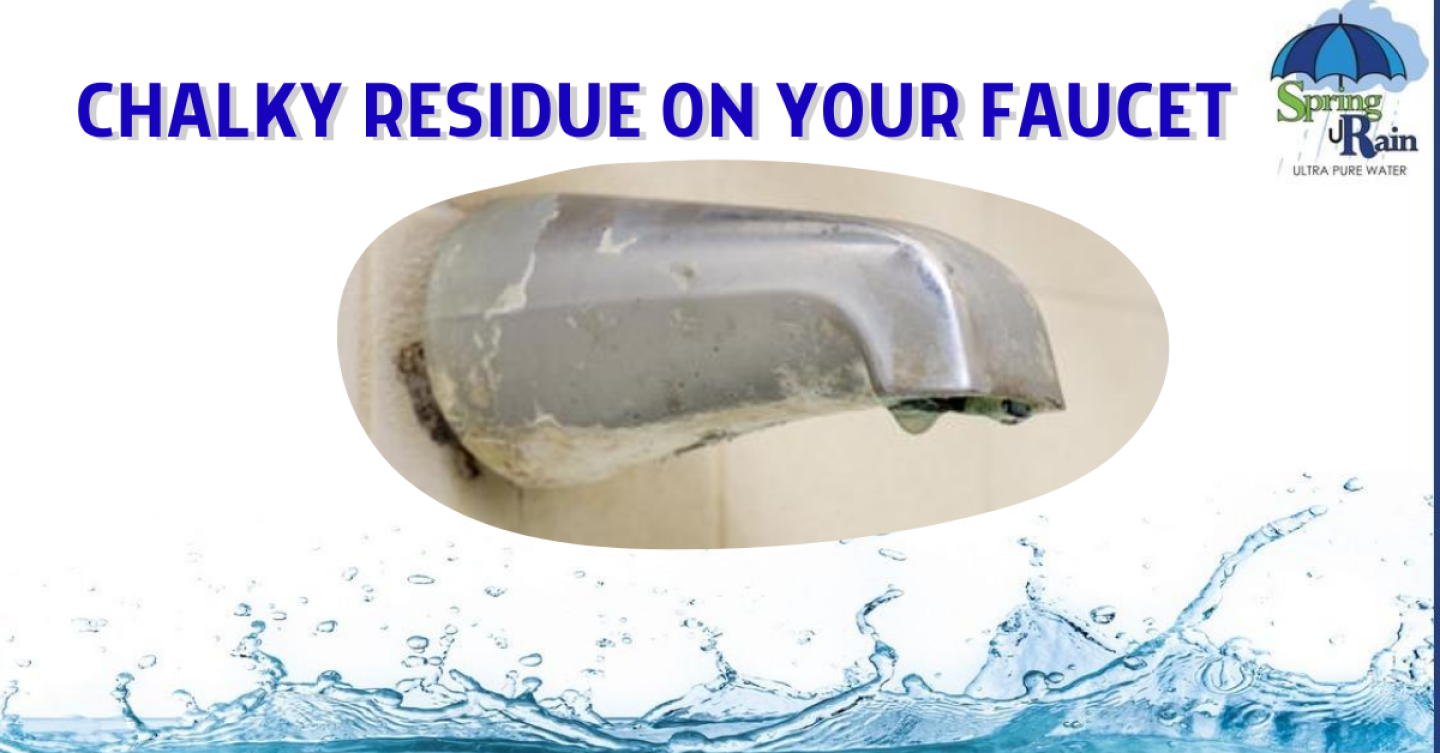
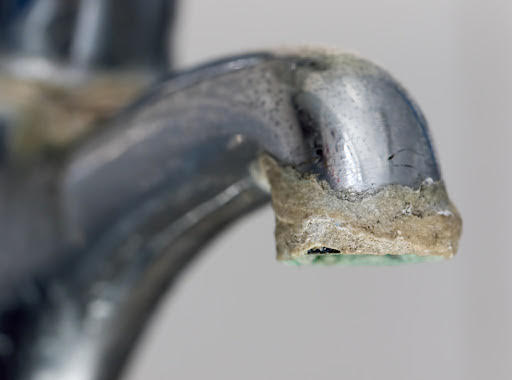
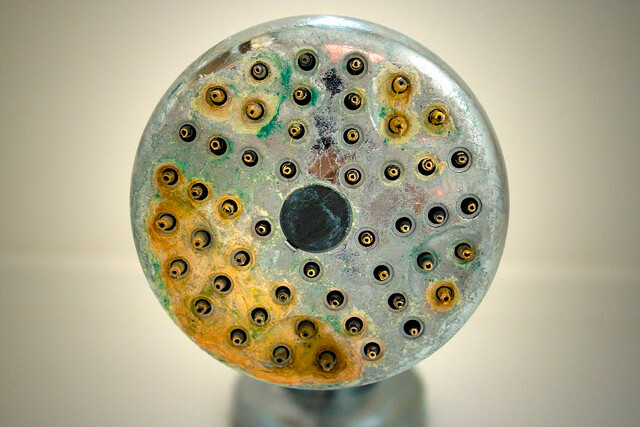
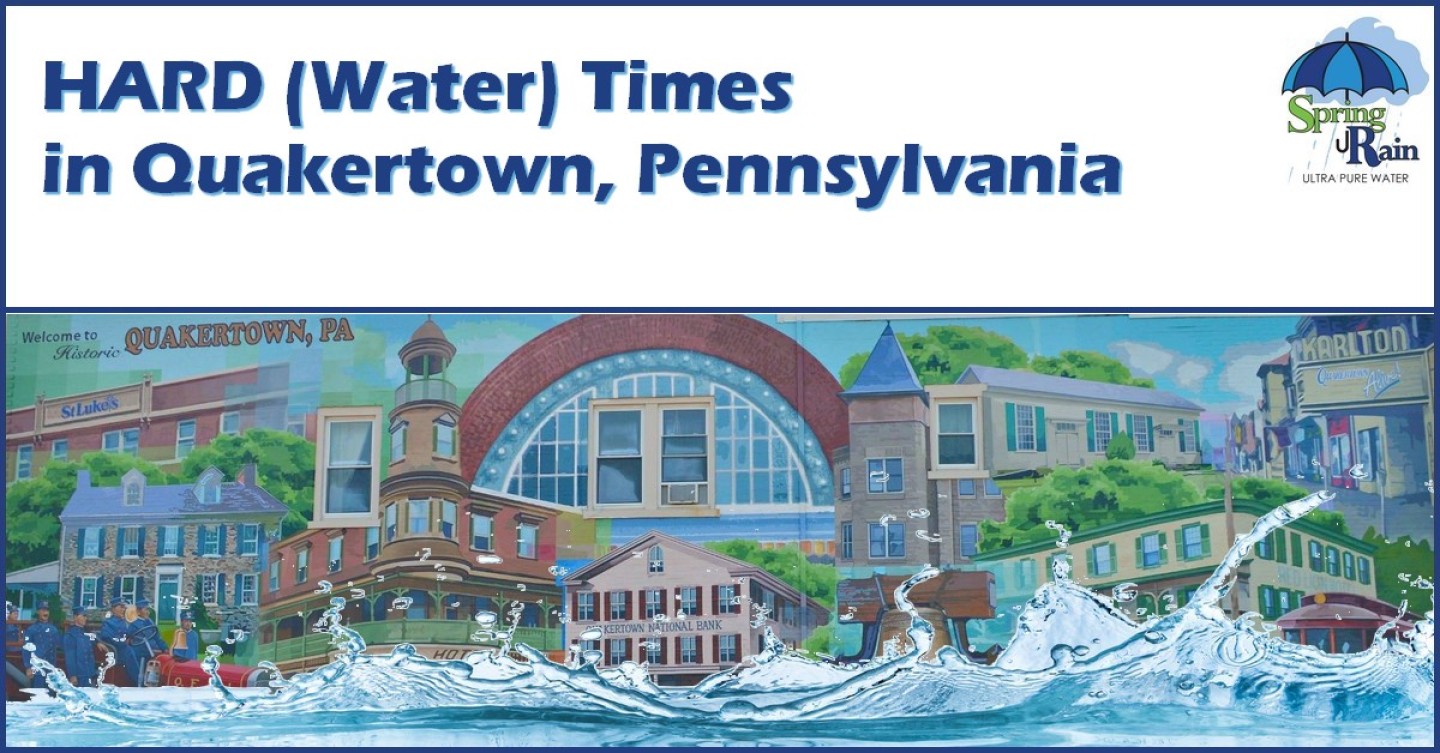
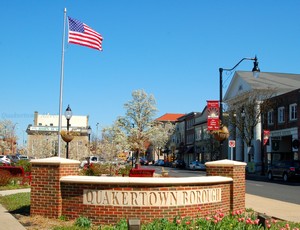



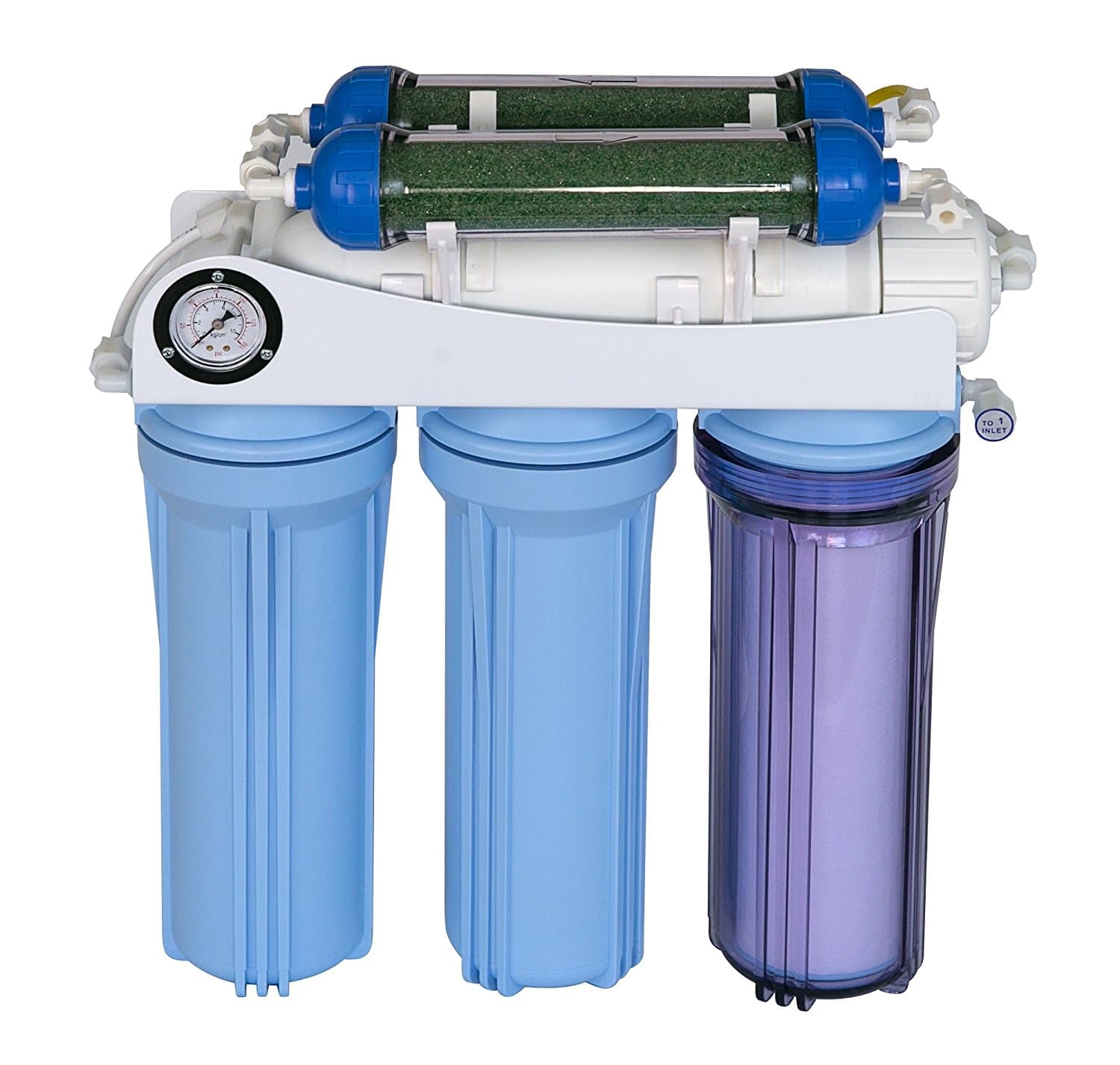

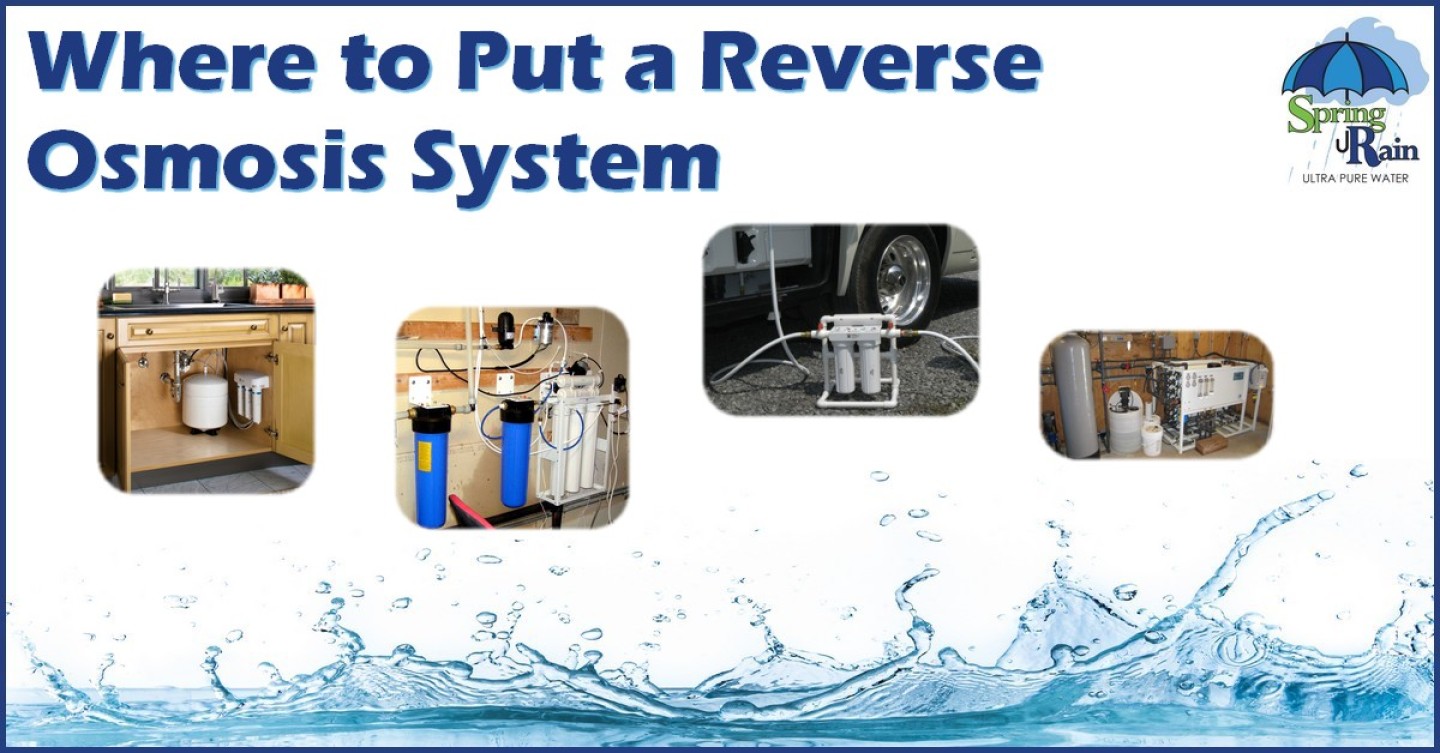
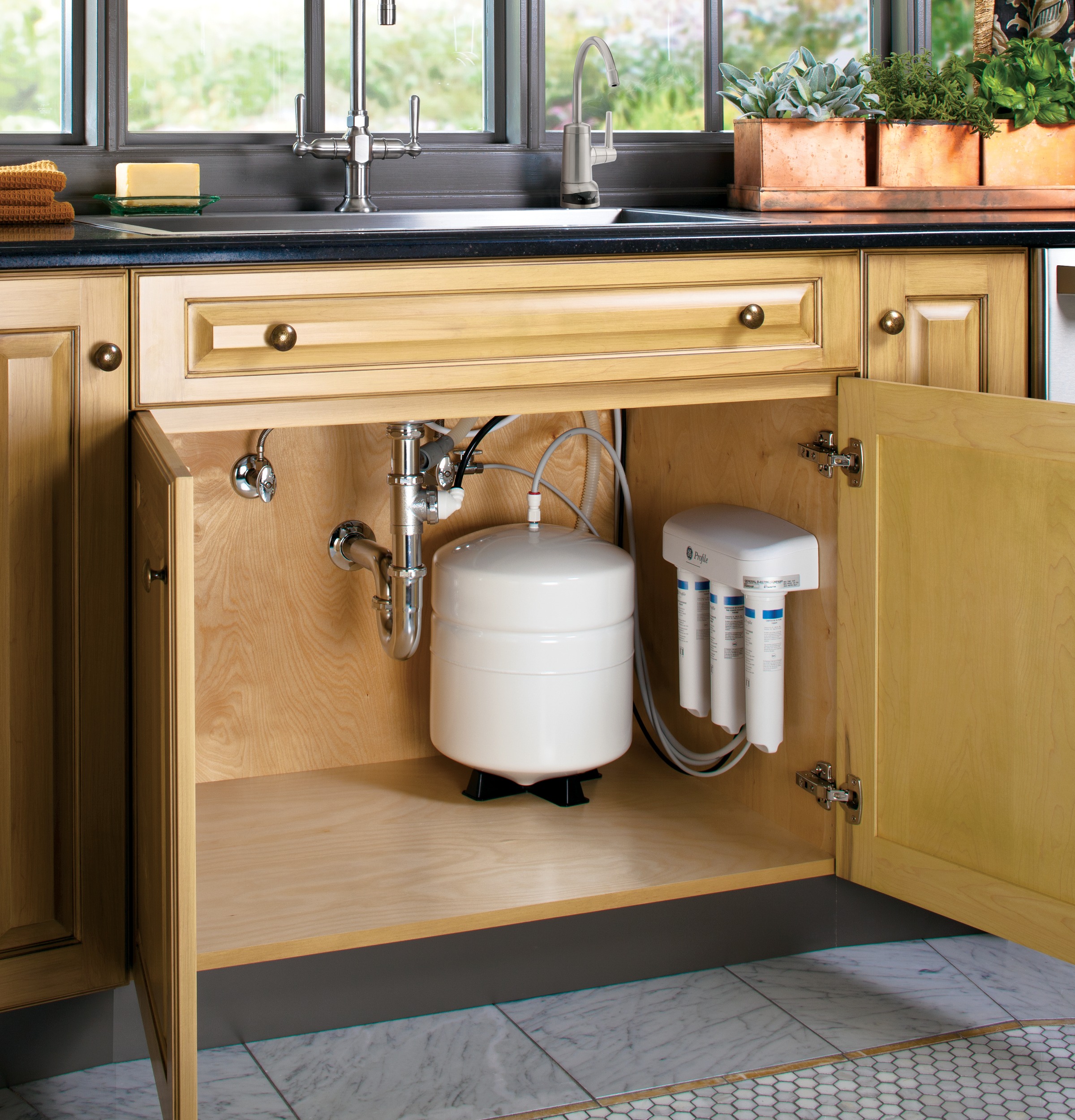
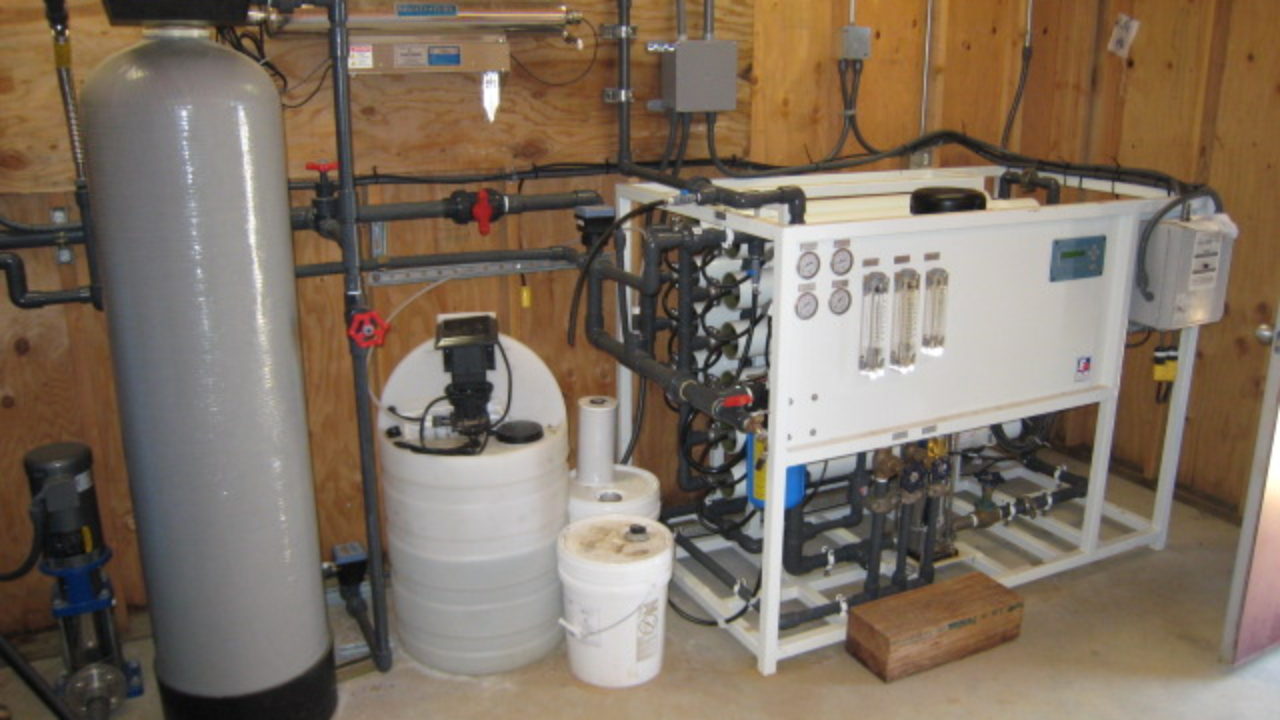

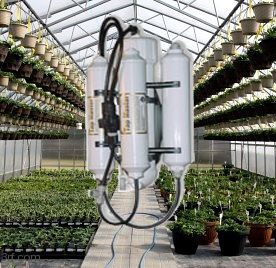

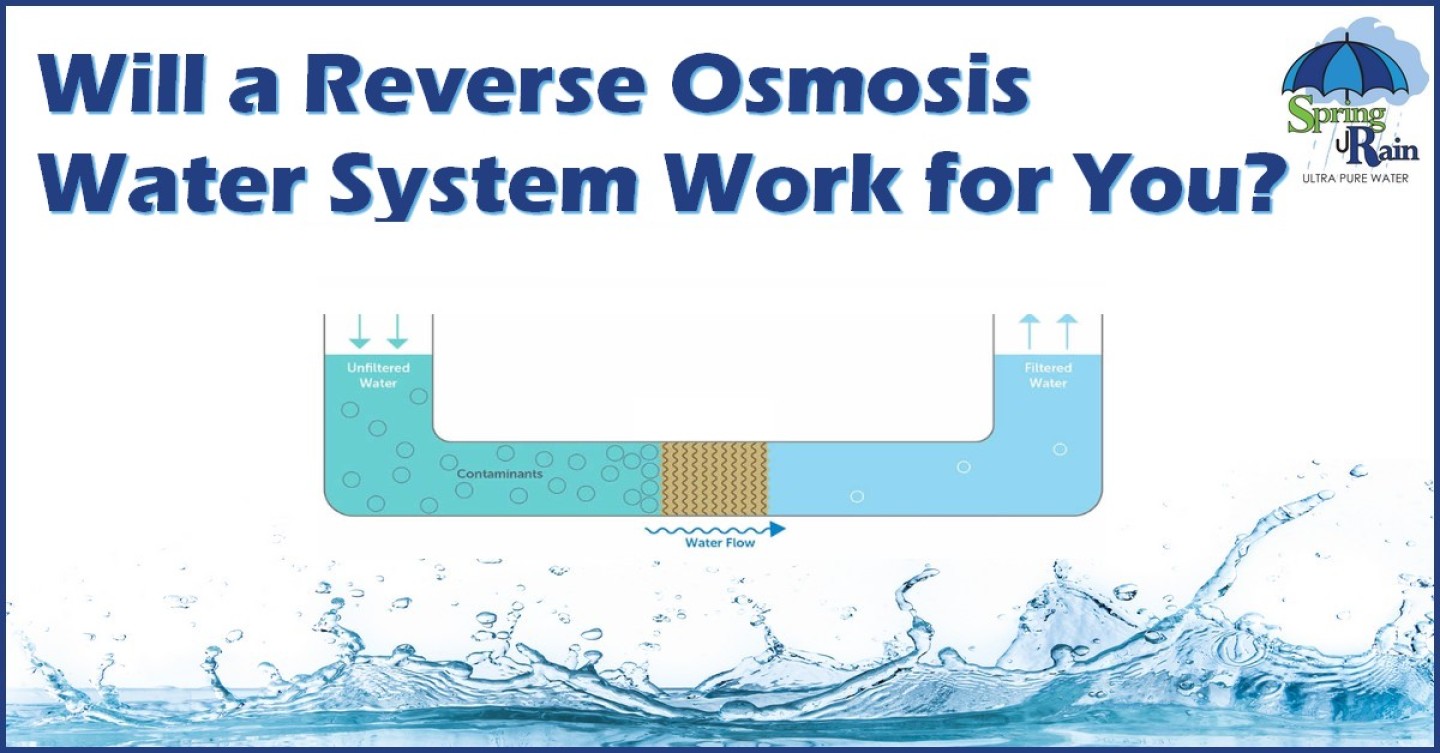
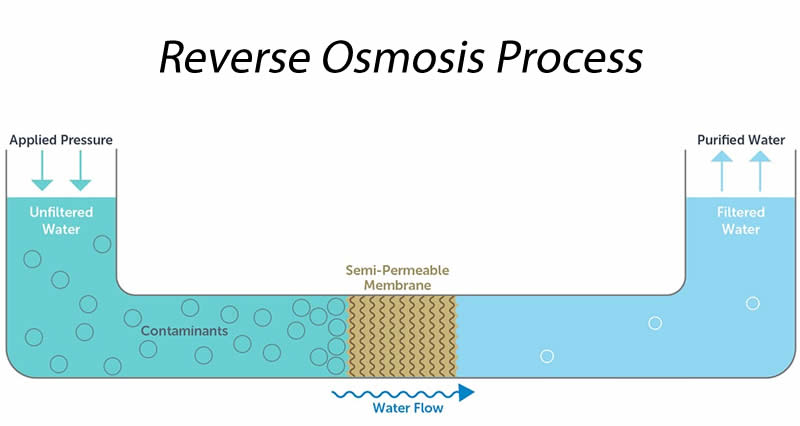




Recent Comments